By Tracy Salcedo —
We want so much from this land. We want it to host a thousand homes, or half that many, or something between. We want it to support workspace for a thousand people, or more, or less. We want it to be a resort hotel. We want it to be a climate center. We want it to be an historic district. We want it to be a park. We want an agrihood, a community center, a maker space, a school, playing fields, a coffee shop …
We want, and we will take. It’s what we do. We have parceled out this piece of land and now we fight over how much we want and where we want it. It is not land; it is commodity.
We want, and we will take, but what do we give in exchange? The land doesn’t take money.
I’ve been reading a book called Braiding Sweetgrass, by Robin Wall Kimmerer, holder and teacher of Indigenous wisdom. A member of the Potawatomi Nation, she writes about reciprocity, about how the Potawatomi give back to the plants and animals that feed and sustain them. When they harvest, they harvest only what they need. When there isn’t enough, they don’t take. They choose with care, and seek connection with the thing they need. They ask permission. They receive and then they reciprocate, sometimes planting, sometimes tending, sometimes with prayer. Sometimes they are simply grateful.
Reciprocity gives voice to the flower and the soil and the jackrabbit. Reciprocity asks us to acknowledge that they can be overused and abused. Reciprocity asks us to respect their rights, to leave them in peace, and to thank them for their gifts. Reciprocity acknowledges the give and take between people and all the others who share the planet we inhabit. “It is an odd dichotomy we have set for ourselves,” Kimmerer writes, “between loving people and loving land.”
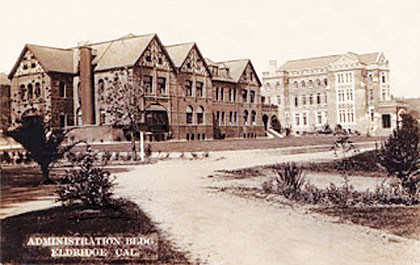
So here we are, gifted with 180 acres of land that can — some say should — be developed, surrounded by 765 acres that can — some say should — become parkland, surrounded by a village that can — some say should — become urbanized, in a beautiful valley that everyone wants. We tug at this place with our desires and think only of how it can serve us. In our selfishness we are hurtful, and in our selfishness, we see that hurt as being inflicted only on ourselves, not on the land and all it nurtures. We don’t think about how this place is hitched to everything else in the universe.
What would it look like if we reciprocated at SDC? What would it look like if we abandoned the idea that this land’s future, and our own futures, are best decided by economic feasibility? What would it look like if we abandoned the idea that only by building more homes can we build more homes we can afford? What would it look like if we changed our politics and stopped calling each other names? What would it look like if we left behind the climate center, the historic district, the maker space, the coffee shop, the park?
What would it look like if, instead of needy and demanding, we were simply grateful? Would we temper our demands? Would we look with new appreciation at what is already here? Would we bring buckets of water to dampen the roots of thirsty trees? Would we sweep the sidewalks? Would we bring paint to the old buildings, to revive their tired walls, inside and out? Would we open the windows to let the fresh air in?
What would it look like? What would the land do? Everything and nothing, would be my guess. It would just be. It would continue to do the unappreciated things it does for us right now, in this moment. It would breathe for us, slow us down, let us sit and walk and play and just be ourselves, on it, with it, without judgement, without knowing us or labeling us or determining our value.
And in this moment — a moment that stretches back to when a shovel first broke the earth to build a home, and stretches ahead to when someone drives a shovel into the earth and breaks it again — we can reciprocate. We can looking closely at what we want and why we want it. We can be thankful; grateful. Then, maybe, instead of taking more, we will see a way to take nothing; to borrow only what is offered.
Tracy Salcedo is an award-winning writer who lives and works in Glen Ellen. This essay originally appeared in the Kenwood Press.
Copyright 2022: Tracy Salcedo

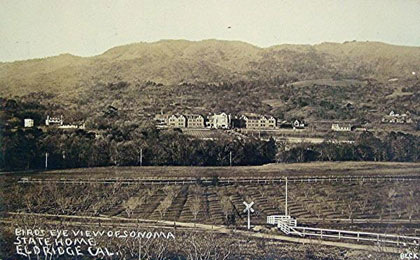
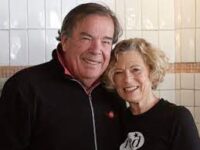
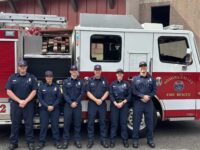

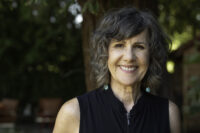
Thank you Tracy, In all the name calling, and yelling, no one is listening to the earth and beings other than humans.